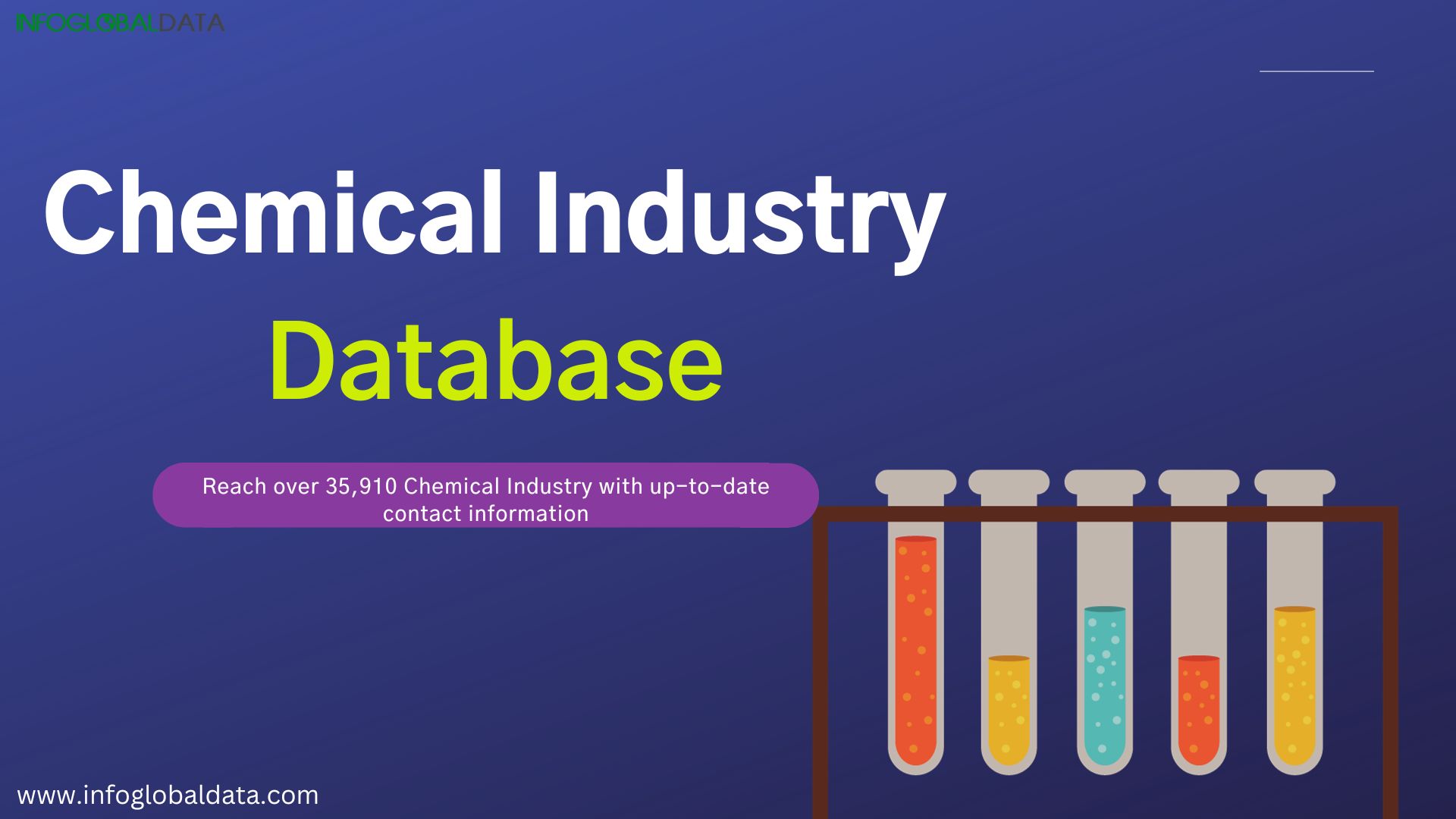In the modern chemical industry, data is a valuable asset that drives innovation, research, and business growth. However, with this data-driven approach comes the responsibility of safeguarding sensitive information related to chemicals, processes, and proprietary research. Ensuring data security and privacy is not only essential for compliance but also critical for protecting your competitive edge. This article outlines the steps you can take to ensure robust data security and privacy in a Chemical Industry Database.
Step 1: Data Classification
Begin by classifying your data based on its sensitivity and importance. Identify which data elements are critical to your business, such as formulas, research findings, and customer information. Assign appropriate access controls and encryption measures to each category, ensuring that only authorized personnel can access sensitive data.
Step 2: Access Control
Implement strict access controls to limit who can access your database and what they can do with the data. Utilize role-based access control (RBAC) to assign specific permissions to users based on their roles and responsibilities. Regularly review and update access privileges to ensure they align with job roles and project requirements.
Step 3: Encryption
Use encryption techniques to protect data both at rest and in transit. Data should be encrypted when stored on servers or devices and also when transmitted between systems. Employ strong encryption algorithms and regularly update encryption keys to stay ahead of security threats.
Step 4: Authentication
Implement strong authentication mechanisms to verify the identity of users accessing the database. Require multi-factor authentication (MFA) for sensitive accounts. This adds an extra layer of security, making it more difficult for unauthorized individuals to gain access.
Step 5: Regular Auditing and Monitoring
Set up continuous monitoring and auditing processes to track database activities. Monitor login attempts, data access, and changes to ensure they align with established security policies. Promptly investigate and address any suspicious activities or unauthorized access.
Step 6: Data Backups and Disaster Recovery
Regularly back up your database and store backups securely. Develop a comprehensive disaster recovery plan to ensure that data can be restored in the event of a breach or data loss incident. Test your disaster recovery procedures to verify their effectiveness.
Step 7: Employee Training
Provide comprehensive data security and privacy training to all employees who have access to the database. Educate them about security best practices, the importance of data protection, and how to recognize and report security threats or breaches.
Step 8: Compliance with Regulations
Stay informed about industry-specific regulations and compliance requirements related to data security and privacy in the chemical industry. Ensure that your data security measures align with these regulations, such as the Chemical Facility Anti-Terrorism Standards (CFATS) or the General Data Protection Regulation (GDPR) for international operations.
Step 9: Incident Response Plan
Develop a robust incident response plan that outlines the steps to take in the event of a data breach. This plan should include procedures for notifying affected parties, containing the breach, investigating its cause, and implementing corrective measures to prevent future incidents.
Step 10: Regular Security Updates
Stay current with security patches and updates for your database management system and related software. Vulnerabilities are frequently discovered and patched by software providers, so timely updates are crucial to maintaining the security of your database.
Step 11: Data Masking and Redaction
Implement data masking and redaction techniques to protect sensitive data from unauthorized exposure. This involves replacing sensitive information with fictitious or obscured values in non-production environments, reducing the risk of data leaks during testing and development.
Step 12: Vendor Risk Management
If you use third-party vendors for database management or cloud storage, conduct thorough vendor risk assessments. Ensure that your vendors adhere to robust security standards and practices, as their security measures can directly impact the security of your data.
Step 13: Secure File Transfers
Establish secure protocols for transferring files in and out of the database. Use secure file transfer methods such as SFTP (Secure File Transfer Protocol) and employ encryption during transit to protect data from interception.
Step 14: Data Retention Policies
Develop clear data retention policies that specify how long different types of data should be retained. Regularly review and dispose of data that is no longer needed to minimize the risk associated with holding unnecessary information.
Step 15: Employee Offboarding
When employees with database access leave the organization, ensure a robust offboarding process. Revoke their database access promptly and securely transfer their responsibilities to other team members. This prevents former employees from retaining unauthorized access.
Step 16: Security Awareness Programs
Establish ongoing security awareness programs to keep employees informed about the latest security threats and best practices. Encourage a culture of vigilance where employees actively report potential security risks or incidents.
Step 17: Data Privacy Impact Assessments (DPIAs)
Conduct Data Privacy Impact Assessments to evaluate the potential privacy risks associated with new projects or changes to your database. DPIAs help you proactively identify and mitigate privacy concerns.
Step 18: Data Encryption for Portable Devices
If employees need to access the database from portable devices, enforce full-disk encryption and remote wipe capabilities to secure data in case of device loss or theft.
Step 19: Regular Security Testing
Perform regular security assessments, including vulnerability scanning and penetration testing, to identify and address vulnerabilities in your database and related systems proactively.
Step 20: Legal Counsel and Compliance Experts
Engage legal counsel and compliance experts with expertise in data protection and privacy laws. They can provide guidance on compliance with regulations specific to the chemical industry and help navigate legal aspects of data security and privacy.
Conclusion
Protecting data security and privacy in the chemical industry is not just a legal requirement; it’s a fundamental aspect of maintaining trust, competitiveness, and sustainability. By following these ten steps, you can establish a robust data security and privacy framework within your Chemical Industry Database, safeguarding your valuable information and ensuring compliance with industry regulations. Remember that data security is an ongoing process that requires vigilance and adaptation to emerging threats.




